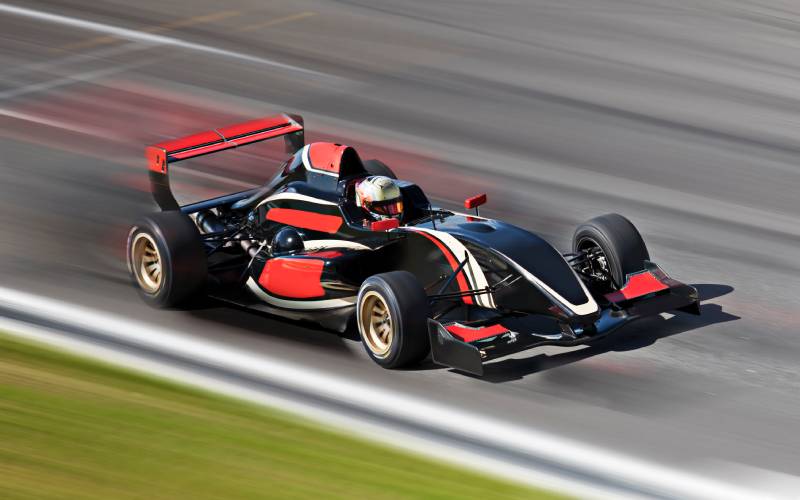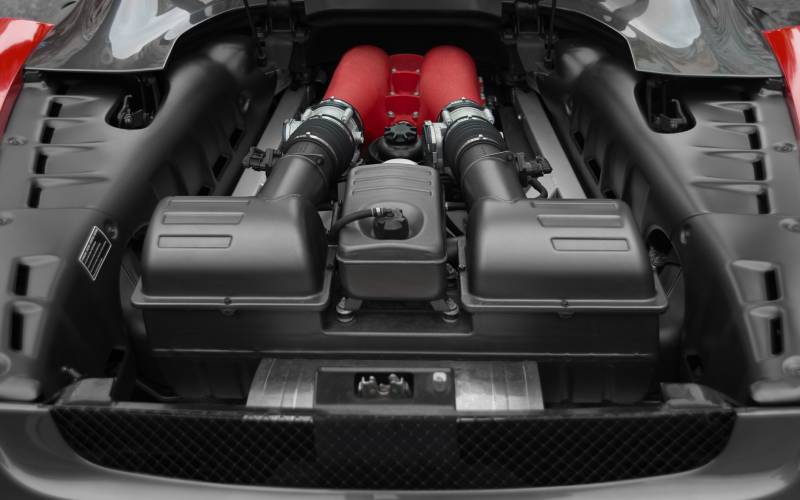8 of the Most Iconic Engines in Racing History

Many aspects of car racing excite fans and get them invested in the sport. Aside from the fast speeds and the gorgeous cars driven by skillful drivers, it’s good to take a moment to think about where all the power comes from. Beneath the hood of these race cars are some of the most iconic engines in racing history. These engines have redefined the sport and raked in victories at some of the most important events.
We can appreciate these mechanical marvels because of how they’ve influenced innovation and created amazing engineering benchmarks. We’ll share a few of our favorites and discuss their amazing accomplishments both on and off the racetrack.
1. Flathead V8: Ford’s Game-Changer
The debut of the Flathead V8 was a pivotal development in the history of racing engines. Introduced by Ford in 1932, the masses got access to V8 power thanks to this engine. The Flathead’s affordability and simplicity made it a favorite among racers and hot-rodders. The Flathead V8 gained a reputation for its distinctive sound and performance. It was the engine of choice for many early racing enthusiasts, setting numerous speed records in its time.
The secret to the Flathead’s success was in its design. The engine featured a flat cylinder head, which facilitated airflow and cooling. This design choice contributed to its reliability and performance. Racers appreciated the Flathead V8 for its straightforward mechanics, which permitted easy tuning and modifications. This engine stands out because it laid the foundation upon which many racing legends were built.
2. Offenhauser I4: The Dominant Powerplant
Few engines have left a mark on motorsports like the Offenhauser I4. Known affectionately as the “Offy,” this engine dominated open-wheel racing in the US for decades. Its reign began in the 1930s and continued well into the 1970s. The Offy offered a blend of power, reliability, and adaptability that enabled mechanics to tune it for peak performance.
The secret to the Offenhauser’s success was its unique design. The engine’s inline-four configuration made it ideal for the nimble race cars of the time. It featured a rare (for the period) dual overhead camshaft for precise control over valve timing. This attention to detail enabled the Offy to produce impressive horsepower that helped it outpace other, larger engines of the era.
3. Porsche Flat-12: Le Mans Legend
The legendary Porsche Flat-12 made the biggest impact on early endurance races. This engine helped Porsche’s domination at the 24 Hours of Le Mans during the late 1960s and early 1970s. Many fans see this engine as the heart of Porsche models on the racing circuit. The Flat-12’s unique configuration and engineering prowess set new standards for performance and reliability.
The Flat-12 was a marvel of engineering and featured an innovative design for exceptional power output. Its horizontally opposed cylinders provided a low center of gravity, enhancing stability and handling. This configuration was particularly advantageous for balance and weight distribution in endurance racing.

4. Lotus-Ford DFV V8: Revolutionizing Formula 1
The Lotus-Ford DFV V8 is a revolutionary force in Formula 1 history. Developed in the 1960s by Cosworth, this engine transformed the sport by offering unprecedented power and reliability. It had such a profound impact on the industry that many people consider it the benchmark against which we measure all other Formula 1 engines.
The DFV V8 was the first engine to integrate with the car’s chassis. This led to a lighter and more aerodynamic design, which became standard in Formula 1. The engine features a modular design that makes it much easier to maintain and adapt in order to provide teams with a competitive edge.
5. Honda RA Series V6 Turbo: The Turbo Era King
Another amazing engine from the era of Formula 1 is the Honda RA Series V6 Turbo. This engine came out in the 1980s, and many consider it synonymous with dominance and speed. It offered cutting-edge technology for the time and had remarkable power output that set performance benchmarks.
The RA Series V6 Turbo was a marvel of engineering, featuring advanced turbocharging systems that delivered immense power. Honda’s commitment to innovation was evident in every aspect of the engine’s design, from its lightweight construction to its sophisticated electronics. The engine represented the pinnacle of engineering excellence.
6. Ferrari V10 F1 Engine: Italian Masterpiece
We can’t look at the most iconic engines in racing history without bringing up the Ferrari V10 F1 engine, which still stands as a testament to Italian engineering. Introduced in the 1990s, this engine took Ferrari to numerous Formula 1 championships. Its combination of power, precision, and elegance made it one of the most celebrated engines in the sport.
The V10 configuration perfectly balanced power and reliability. With its high-revving nature, the engine produced an unmistakable sound that echoed through racetracks worldwide. Ferrari engineers were masters at showing off their dedication to artistry in every detail, from the engine’s lightweight materials to its advanced fuel injection systems.

7. Toyota Hybrid V6 Turbo: Pioneering the Future
One of the more recent engines to stand out in the field is the Hybrid V6 Turbo engine from Toyota. This engine represents the fusion of traditional engineering and cutting-edge hybrid technology. It has set new standards for efficiency and performance, redefining what is possible on the track.
Toyota’s commitment to sustainability and innovation is evident in every aspect of the Hybrid V6 Turbo. The engine combines the power of internal combustion with the efficiency of electric propulsion, offering a glimpse into the future of racing. It’s already seeing success at major racing events, such as the World Endurance Championship.
8. Renault RS10 Turbocharged V6
The Renault RS10 Turbocharged V6 holds a special place in racing history for its use of turbo technology in Formula 1. This engine came out in the late 1970s and marked a unique turning point in the sport by demonstrating the potential of turbocharging.
The RS10’s turbocharged V6 design allowed for significant power gains, enabling Renault to compete at the highest levels of motorsport. Its introduction signaled a shift toward turbocharged engines in Formula 1, a trend that would come to define the sport in the years to come.
If you’ve got an engine to take care of and you want it running as smoothly and efficiently as these industry greats, Driven Racing Oil has a range of high-performance synthetic oil options for you! Our oil enhances engine efficiency, reduces wear, and prolongs lifespan. Make the switch today, and experience the performance gains that come with superior lubrication technology. Trust Driven Racing Oil to deliver the power and protection you need on the track.

You must login to post comments.